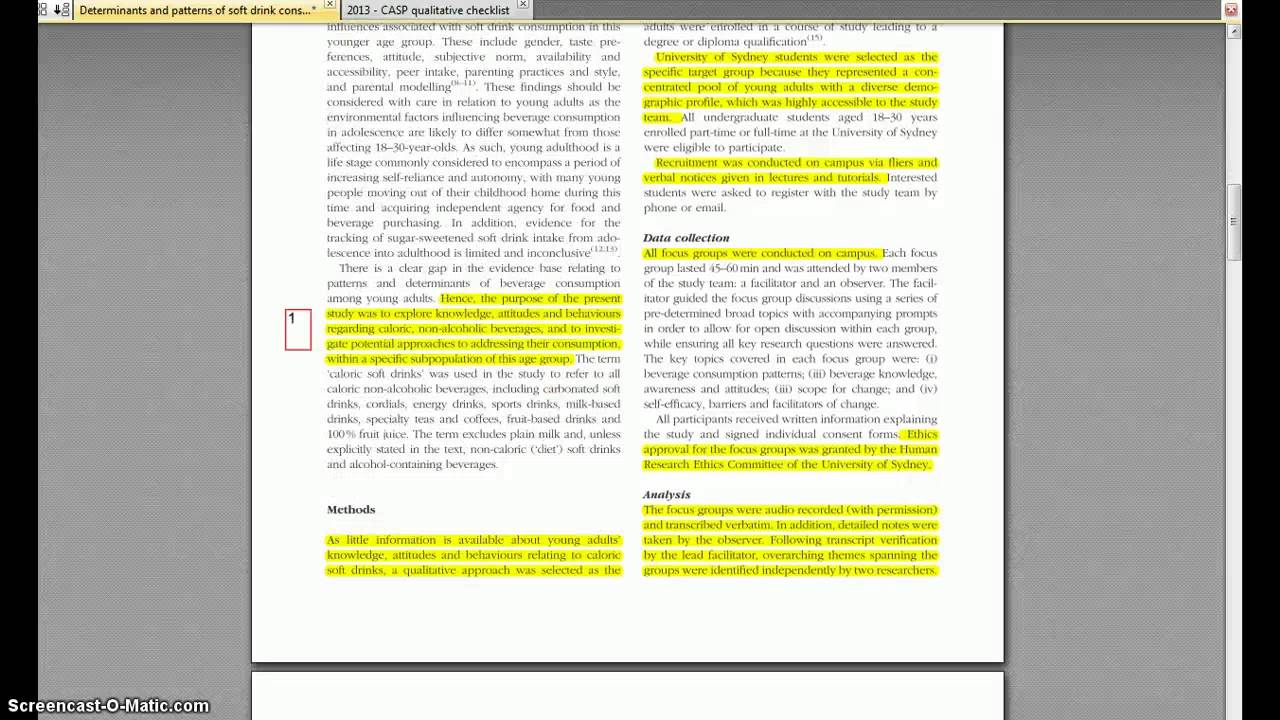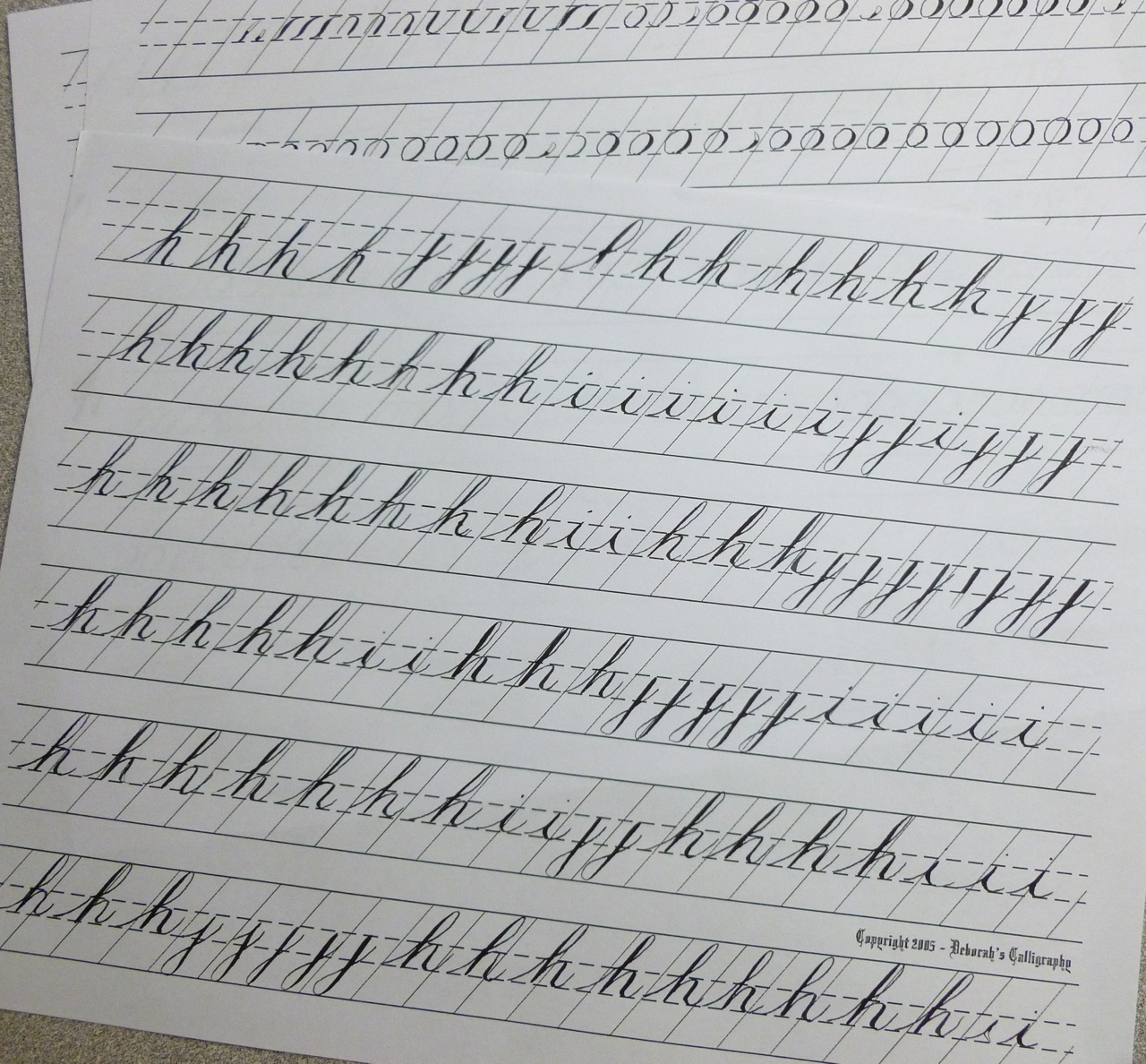If you’re wondering what to write in the abstract of your research paper, you’re not alone. Many authors struggle with writing this part of their papers, but there are several simple steps you can follow to help you write a strong abstract. Here are a few of them:
Keywords
When writing the abstract, make sure to use the right style and format. The abstract should be written in one paragraph with double-spaced text and 1-inch margins on all sides. The running head should be left-aligned. It should appear on the second page of the paper, while the first page should be reserved for the title. The keywords section should be italicized and indented. The remainder of the abstract should be formatted as a standard paragraph.
While researching a topic, consider how search engines will use the abstract. Keyword usage is important because search engines have to sift through hundreds of documents to find the best one. Also, make sure to include key terms throughout your abstract to increase the likelihood that your paper will be indexed on search engines. Keywords also help prospective readers understand what the paper is about. The abstract is also important for a review panel’s consideration of the research paper.
Structure
The structure of an abstract of a research paper differs from traditional ones in several ways. Unlike the traditional one, a structured abstract contains more information. Moreover, it can be used for computer-based document retrieval, research profiling, and text mining. The following examples demonstrate the advantages of using a structured abstract. These examples show how to use the structure of an abstract in a research paper. However, these examples are not exhaustive.
The introduction should state the purpose of the study and define its relevance. It should also mention the gap in existing knowledge or the limitations of the previous studies. The third sentence should answer the question of “why” the research is needed. It should also be as concise as possible. A research paper should be no more than one page long. If you’re writing a paper for publication, include all the information in an abstract. In addition, it should be free of spelling and grammatical errors.
Organizing questions and answers
Organizing questions and answers in the abstract of a research paper is an effective way to convey a thorough overview of the study. It should be written in a systematic manner with complete sentences that highlight the most important information. An abstract should not contain images or references to images. Similarly, it should not include references to publications with the same title. Moreover, the abstract should be clear and concise.
While writing an abstract, keep in mind the target audience. Remember, the reader is not always an expert in the subject, but a layperson, so you have to strike a balance between being detailed and being understandable. Try to limit the amount of jargon used, and explain any terms that your readers may not understand. Also, don’t assume that your reader will share your insider knowledge.
Limitations
Research paper abstracts can present a range of problems, including bias. They also often fail to present the conclusions of the study accurately, which can have detrimental consequences for credibility and research ethics. The PRISMA statement for research paper abstracts should address these concerns. Inconsistency in effect and lack of blinding of participants can be indicators of these problems. Low power, small sample size, and indirectness of evidence may also be indicators of these issues. The GRADE framework, which evaluates the quality of research papers, also considers limitations.
A poor abstract can overgeneralize the results. To prevent this, summarize the most important findings and string them together. Some publications have their own style, but most use APA style. If you are unsure of the style your paper should follow, refer to the American Psychological Association’s Seventh Edition. While APA style is widely used, it is not required for all academic papers. Make sure to reference your sources properly.
Findings
The findings of a research paper must be clearly stated. The results of the study are important, but the findings are only as useful as the methods used to achieve them. The conclusion is a section that interprets the findings, and it can address questions of general or particular application. For example, the study may discuss the limitations and recommendations of its findings, and it can address gaps in knowledge or the need for related studies. In addition to stating the findings of the study, the conclusion section should also contain recommendations based on its findings.
Besides stating the main objective of the study, the findings should also make the reader aware of the significance of the study. In addition, the abstract should describe the impact of the study on related fields or the broader scientific domain. It should also state the problem that has been addressed in the research, which is a corollary of its importance. It should also state the scope of the study and the central argument. While the research question should be emphasized, the main conclusion must be presented as an argument or a claim.
Conclusions
The conclusion of your research paper should summarize your findings and contribute to the field. The conclusion may be as short as a couple sentences. It should also state what you would like the reader to do with the information gained. Despite the title, the conclusion is often missed in many research papers. Read on to learn how to write a good conclusion. There are some tips that will help you write a good conclusion. Here are some tips:
Avoid stating unfounded or false statements in the conclusion section of your abstract. The average reader will not read the rest of your paper if you include unsubstantiated speculations and claims. Misleading readers can hurt the cause of science and negatively impact patient care. For example, a study recently concluded that venlafaxine during pregnancy is associated with an increased risk of small-for-gestational-age neonates. However, the authors failed to mention the sample size.




